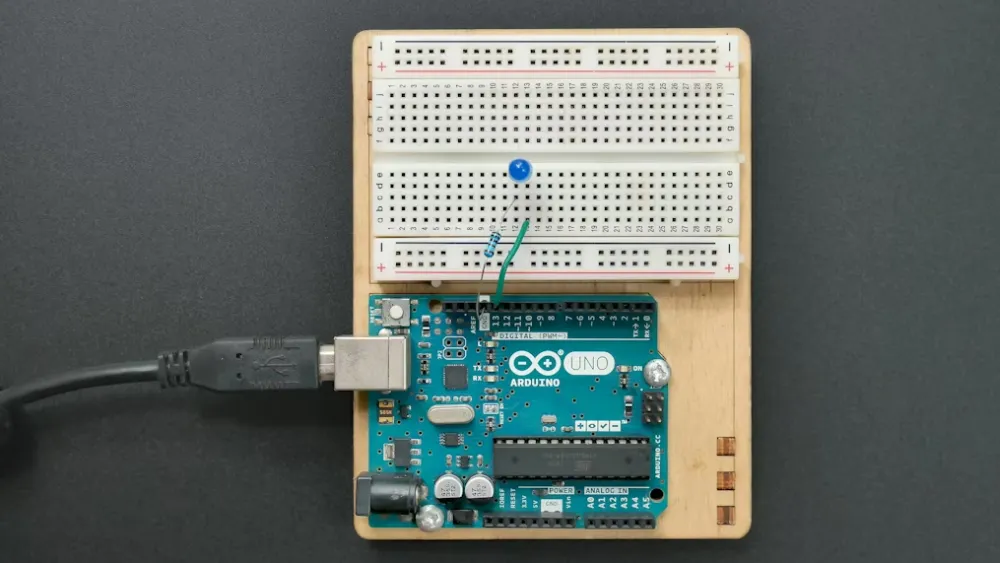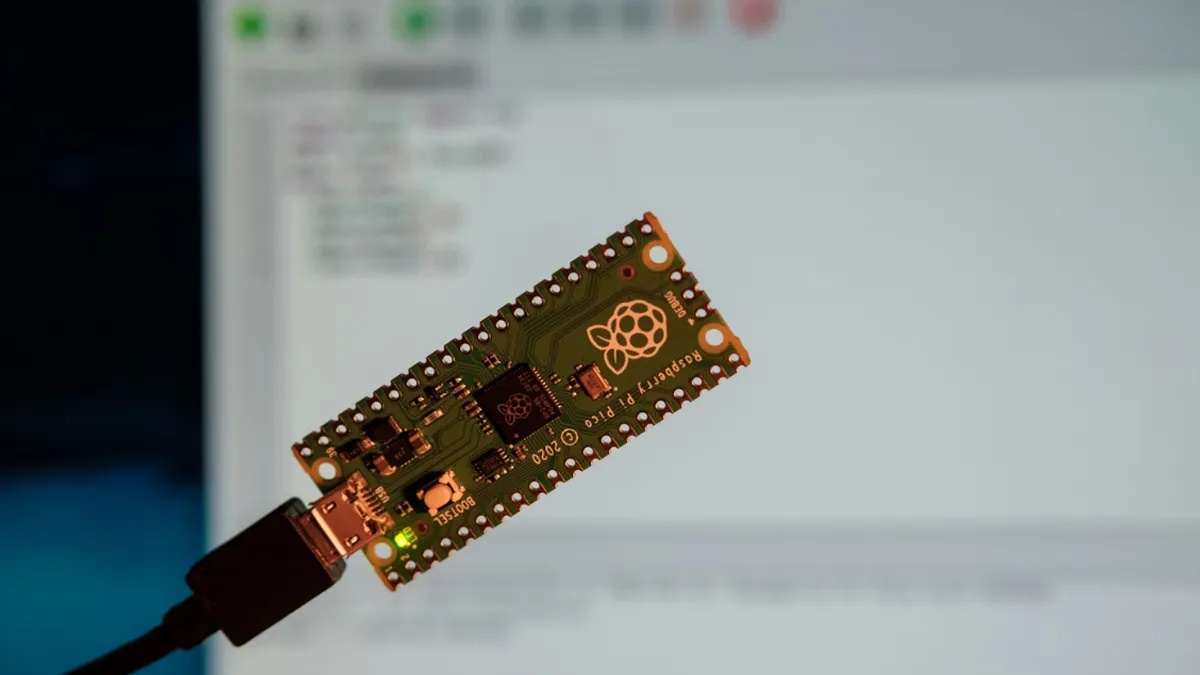
Amazon Wardrobe ASTM F2057-23 Test Report
The U.S. Consumer Product Safety Commission (CPSC) voted on April 19, 2023, to upgrade the voluntary standard ASTM f2057-23 to a mandatory safety standard. This decision aims to protect consumers from injuries caused by the tipping of dressers, wardrobes, and other clothing storage units.
Performance Requirements for ASTM F2057-23
To be recognized as a mandatory standard for protecting children under 72 months, ASTM F2057-23 must meet the following performance requirements:
- Stability when placed on carpeted surfaces
- Stability when drawers are installed and mULtiple drawers are opened
- Testing to simulate interaction with the unit by a child weighing up to 60 lbs
Definition of Clothing Storage Units
Clothing storage units refer to furniture items with drawers or hinged doors, typically used in bedrooms for storing clothes. The policy applies to freestanding clothing storage units, including but not limited to:
- Chests
- Dressers
- Drawer cabinets
- Armoires
- Wardrobes
- Door cabinets
- Vanities
To fall under this regulation, the product must meet the following criteria:
1. Minimum height of 27 inches
2. Minimum weight of 30 lbs
3. Enclosed storage volume of at least 3.2 cubic feet, calculated as follows:
- For extendable storage compartments: Volume = height (measuRED from 1/8 inch below the bottom of the drawer to the lowest obstruction) × width × depth (if depth varies, use the average of the shortest and longest depths).
- For non-extendable enclosed storage: Volume = 50% of the height × width × depth of the storage area.
ASTM F2057-23 Test Report Process
1. Confirm the product and the purpose of the report.
2. Confirm the quotation, fill out the application form, sign the contract, and make the payment.
3. JJR Laboratory in China receives the sample and conducts testing.
4. Upon completion, the test report is issued and uploaded to the platform.
5. Processing time is typically 5-7 working days.
Email:hello@jjrlab.com
Write your message here and send it to us
 Infant Support Pillow 16 CFR 1243/1242 & ASTM
Infant Support Pillow 16 CFR 1243/1242 & ASTM
 BRM Registration Card Under CFR Part 1130 Regulati
BRM Registration Card Under CFR Part 1130 Regulati
 How to get a D-U-N-S® Number for US FDA Registrati
How to get a D-U-N-S® Number for US FDA Registrati
 Household Massage Devices Compliance in the China
Household Massage Devices Compliance in the China
 Compliance for the Global In Vitro Diagnostic (IVD
Compliance for the Global In Vitro Diagnostic (IVD
 Compliance Guide for Nebulizers in European and Am
Compliance Guide for Nebulizers in European and Am
 Cybersecurity Certification Service for EU RED Dir
Cybersecurity Certification Service for EU RED Dir
 ANATEL Certification Compliance Guide for Brazil M
ANATEL Certification Compliance Guide for Brazil M
Leave us a message
24-hour online customer service at any time to respond, so that you worry!




